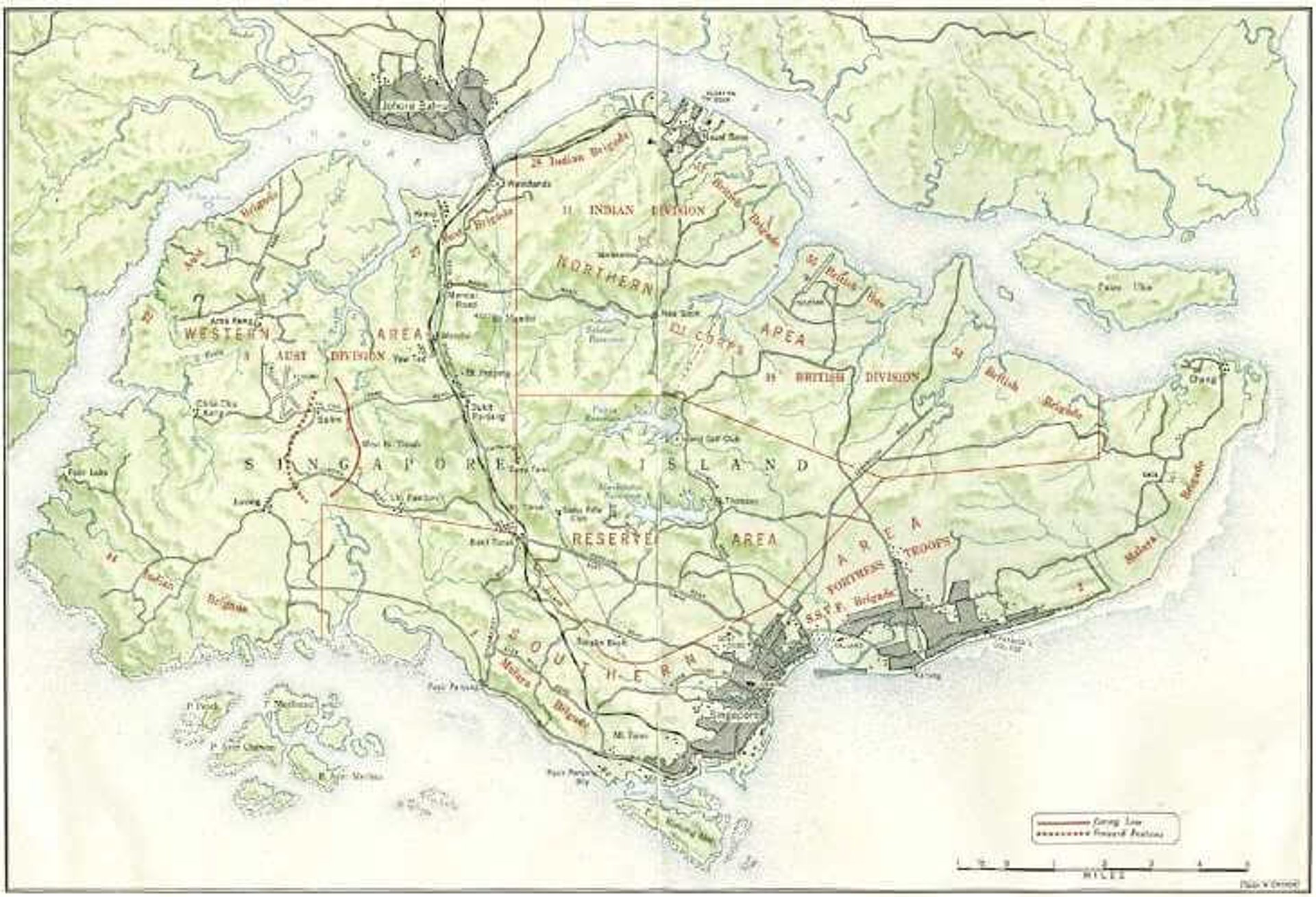
You didn’t come this far to stop
Brigadier Ivan Simpson and
the Untapped Potential for Singapore’s Defense
Episode 36: Brigadier Ivan Simpson and the Untapped Potential for Singapore’s Defense
In this episode, we delve into the critical observations and alternative strategies offered by Brigadier Ivan Simpson, who arrived in Singapore in August 1941 as the new Chief Engineer of Malaya Command. His arrival brought fresh expertise in modern defense, but his efforts to upgrade Singapore’s fortifications were met with resistance and miscommunication. Using insights from the book The Chain of Disaster by Brian Kirby, this episode examines Simpson's plans and the missed opportunities for strengthening Singapore's defenses before the Japanese invasion
WW2 HISTORYDESCENT INTO HELLIN THEIR FOOTSTEPS BLOG
Toursofwar.com
8/18/20245 min read
Simpson’s Impressive Resume and Expertise
The Arrival of Brigadier Ivan Simpson
Simpson's Credentials and Background Brigadier Ivan Simpson arrived in Singapore with an impressive resume, having served three years at the War Office (1937-1939) and spent a year at the Ministry of Supply in 1940. His knowledge was extensive, from modernizing the army’s engineering equipment to developing innovative defensive measures such as disappearing pillboxes and radar technology.
Simpson had been involved in every aspect of army mechanization, from designing road bridges and camouflage techniques to preparing defenses against enemy landings by air and sea. He was particularly experienced in modernizing airfield defenses, making him the ideal candidate for leading Singapore’s defensive upgrades. Simpson's expertise was urgently needed to fortify Singapore, which was threatened by both air and sea invasions.


Simpson’s Impressive Resume and Expertise
The Arrival of Brigadier Ivan Simpson
Simpson's Credentials and Background Brigadier Ivan Simpson arrived in Singapore with an impressive resume, having served three years at the War Office (1937-1939) and spent a year at the Ministry of Supply in 1940. His knowledge was extensive, from modernizing the army’s engineering equipment to developing innovative defensive measures such as disappearing pillboxes and radar technology.
Simpson had been involved in every aspect of army mechanization, from designing road bridges and camouflage techniques to preparing defenses against enemy landings by air and sea. He was particularly experienced in modernizing airfield defenses, making him the ideal candidate for leading Singapore’s defensive upgrades. Simpson's expertise was urgently needed to fortify Singapore, which was threatened by both air and sea invasions.
Issues Facing Simpson and Initial Hurdles
Simpson's Welcome at Malaya Command Upon arriving in Singapore on August 5th, 1941, Simpson quickly encountered resistance and friction. The strained relationship between the Chief Engineer’s Office and Malaya Command Headquarters posed a significant challenge. Furthermore, an officer in the Engineers Department had been convicted of malpractice, further complicating his reception.
To make matters worse, Simpson was never issued any formal written orders to present to General Percival, the Commander of Malaya Command. This left him in an ambiguous position with little authority to act on his own initiative. Although Simpson was confident in his mission to modernize the defense works, the lack of clarity caused significant hesitation among the leadership.
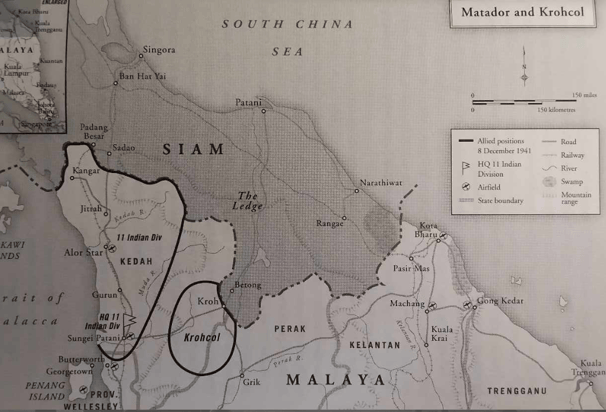

Did You Know?
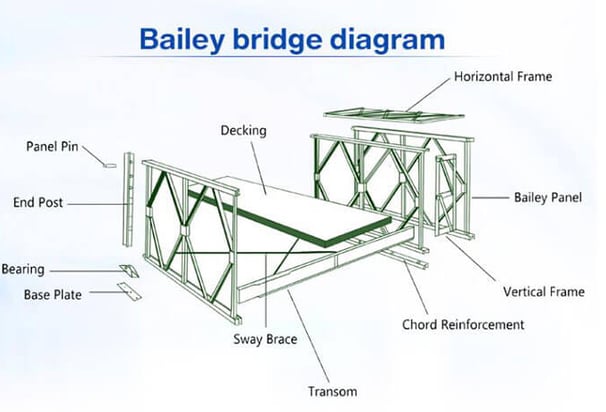

Brigadier Ivan Simpson was instrumental in modernizing British Army defenses, including the development of the Bailey Bridge, one of the most iconic engineering achievements of World War II.
Key Observations by Simpson
Labor, Materials, and Time
Simpson’s Three Key Observations to General Percival
The Labor Situation: Mobilizing Resources Quickly Simpson’s first key point addressed the need for labor to build fortifications. He recommended using civilian labor and contracting companies to expedite construction, which could be overseen by Royal Engineer officers. With hostilities on the horizon, Simpson emphasized the urgency of beginning work immediately, as it would become much more difficult once war broke out. His plan sought to leverage existing labor forces to build comprehensive defenses without overburdening military resources.


Materials on Hand: The Stockpiles Ready for Use Simpson’s second observation dealt with materials. He noted that large quantities of defense materials, including steel loopholes, barbed wire, sandbags, and pickets, were already stockpiled in Singapore. These materials had been shipped in 1938-1939, anticipating the difficulties in shipping after the outbreak of war. According to Simpson, there were more than enough materials to begin building significant fortifications, but these supplies were underutilized due to delays in decision-making.


Five Historical Examples of Constructing Defenses Early
Learning from the Past

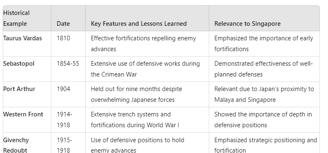
Simpson’s Case for Immediate Action In his meeting with General Percival in October 1941, Simpson provided five historical examples of successful defensive constructions that had been built long before the threat of war materialized. These examples underscored the importance of proactive defense strategies, where labor, materials, and supervision were available well in advance of a crisis.
Simpson’s point was clear: Singapore had the labor, materials, and time to build robust defenses against beach landings, tanks, and air attacks. Yet, the hesitation in leadership meant that these resources went untapped.
Conclusion
Percival’s Lack of Action and Missed Chances
Despite Simpson’s clear expertise and the logical solutions he offered, General Percival failed to act on his recommendations. With stockpiles of materials, labor available, and time to build, Singapore could have been far better prepared for the invasion that loomed. Instead, critical decisions were delayed, and Simpson’s modern fortifications remained theoretical, never fully realized.
In the next episode, we will explore the five specific defense examples Simpson gave to Percival and map out the potential defenses he wanted to build in Singapore and Malaya.
How You Can Help
Donations and Sponsorships: We are seeking corporate sponsorships and donations to fund ongoing restoration projects and educational programs. Your support can make a significant difference in maintaining the quality and impact of the museum.
Volunteer Opportunities: If you have expertise or time to offer, consider volunteering with us. There are many ways to get involved, from artifact restoration to educational outreach.
Spreading the Word: Share this blog and our mission with your network. The more people who know about the JEATH War Museum and its significance, the greater the impact we can achieve together.
The St Andrews Research Team is dedicated to preserving the legacy of the Thai-Burma Railway and the memories of those who suffered. We need your support to continue our work. There are several ways you can help:
Join the Cause!
If you or someone you know is interested in supporting this cause, please get in touch.
This is a chance to be part of something truly meaningful and impactful.
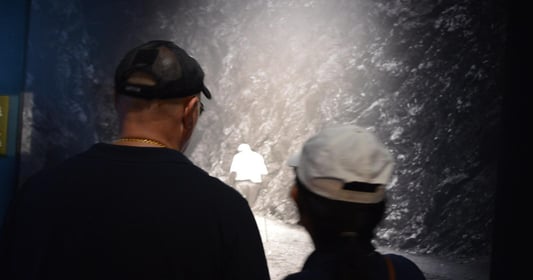

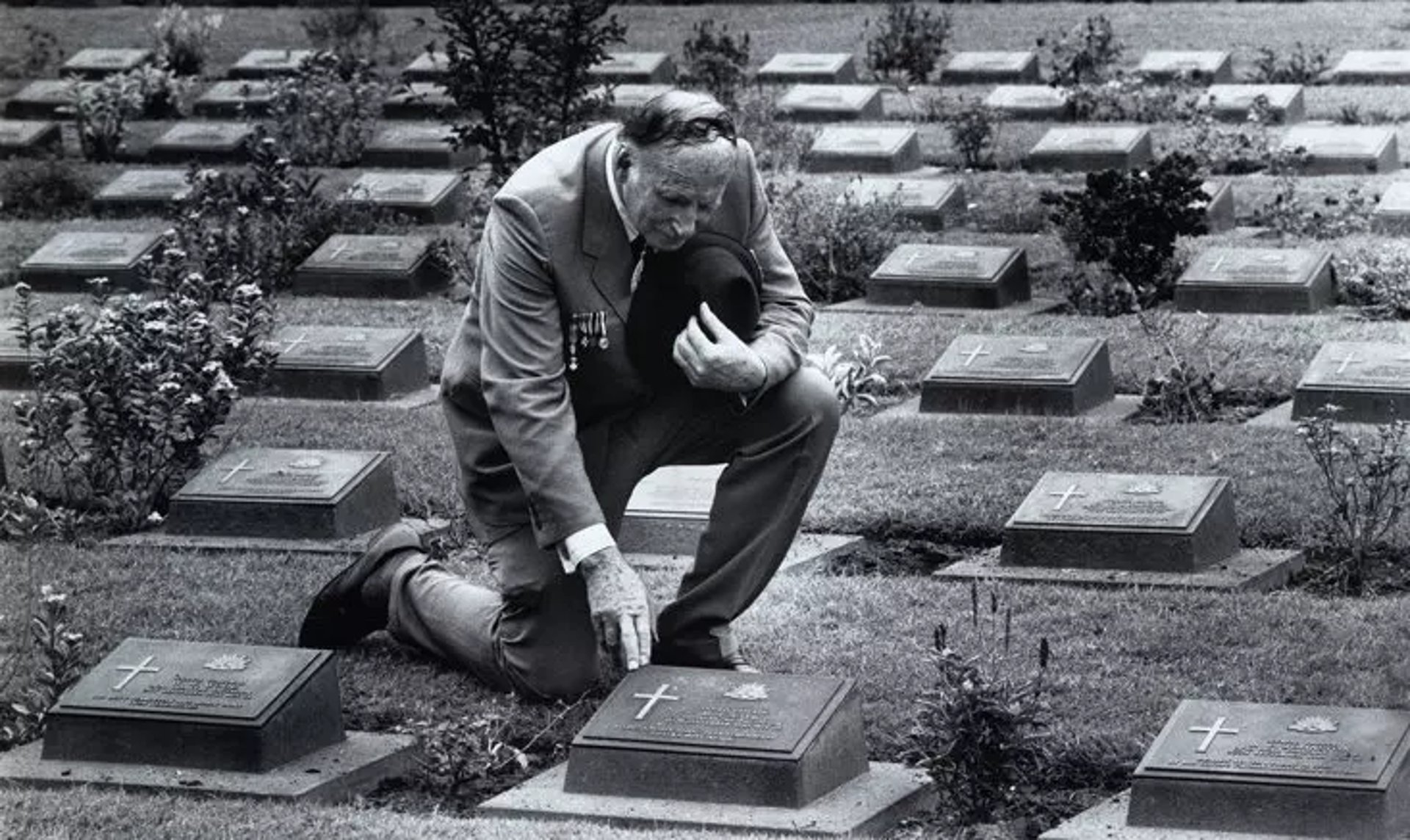
Together, We Can Make a Difference!
This is a veteran-run project, and we need your help to make it happen. Stand with us in honoring the legacy of the POWs and ensuring their stories are never forgotten.
